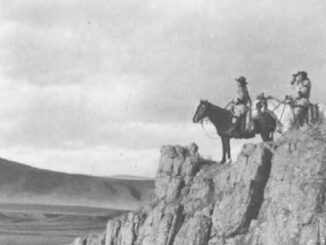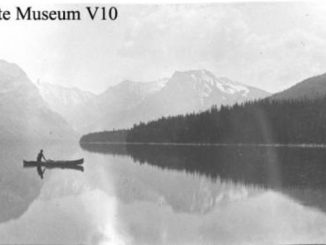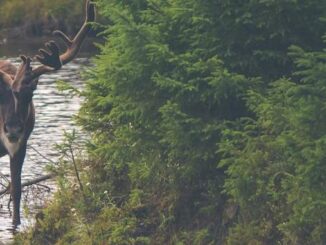I can still distinctly remember the first time I saw the sport of kiteboarding. It was all the way back in 2005 and I was vacationing in the Dominican Republic. We were hanging out on a local beach and decided to walk out towards the point that would provide a better view of the open ocean than inside the sheltered bay. As we got closer to the point, we noticed a group of people ripping around on boards, similar to a wakeboard, but instead of being towed behind a boat they were tethered to a kite. As someone who thoroughly enjoys board sports, I was mesmerized by what I was watching. These individuals were harnessing the power of the wind and using it to their advantage. They were speeding across the water and soaring through the air as they launched themselves off of waves, performing a variety of aerial tricks. I knew right then I needed to give this sport a try, but it would be another five years before I was able to experience kiting for myself.
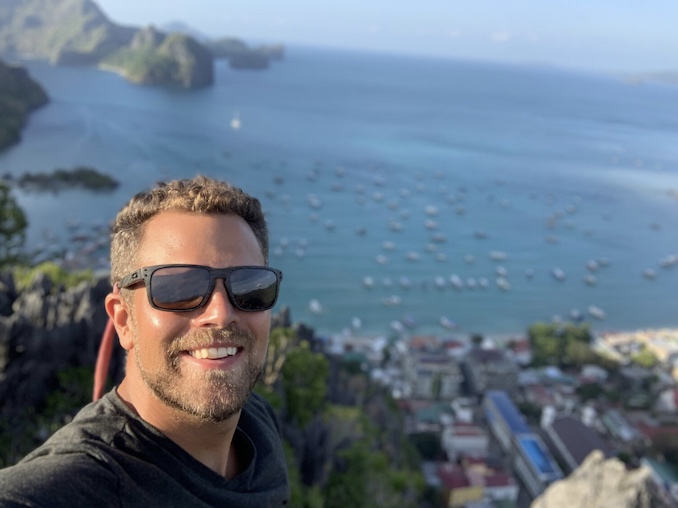
My first attempt at kiteboarding was rough. We were camping in the badlands and a buddy of mine had his kite with him. He was practicing flying it in a nearby field, without a board, and I this was my opportunity. He gave me a crash course about how to operate it and then I was off. The wind was variable and a large gust came, picking me up off the ground. I panicked and promptly forgot what I was supposed to do. Witnesses say I was at least ten feet in the air before the wind let me go. I came crashing back to earth head first and was dragged through the field for several feet before finally coming to a rest a sizeable distance from where I started. My friends thought I had broken my neck as I lay there trying to collect my thoughts. Thankfully, the only thing broken was my sunglasses and other than a concussion and some scratches and bruises, I was totally fine.
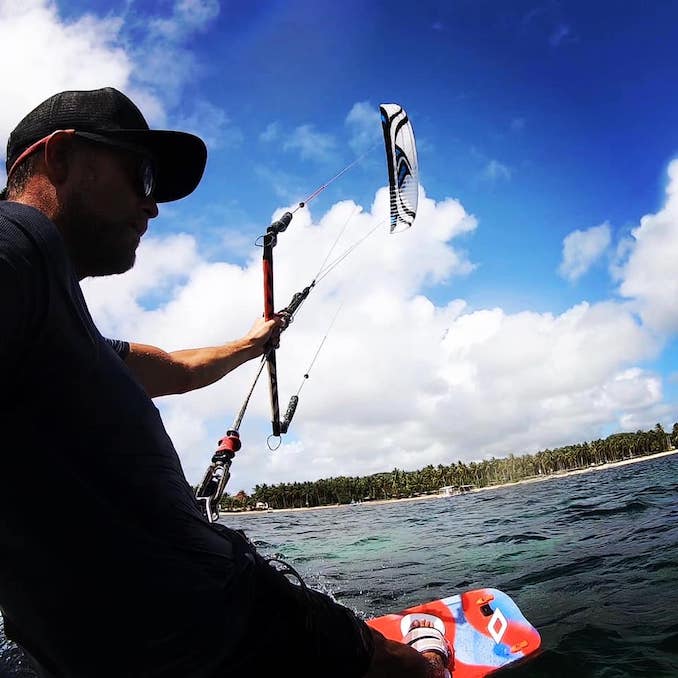
Now, you might be wondering why I telling such an awful story at the start of this piece about being a Kiteboarding Instructor. I’m not doing it to frighten you away from trying a new sport, but to drive home the point about why it’s so important to take a lesson from an instructor before jumping in head first. I was incredibly lucky to have walked away from that without suffering a serious injury, and I haven’t lost my motivation for adrenaline sports, but I think it’s been replaced by mountain biking as of late! Even so, I am still fascinated how these athletes channel the power of the wind for their own benefit. I reached out to Ryan Ehman, owner of Kite Alberta, to learn more about this sport and why being an instructor was a career path he wanted to pursue. Ryan was born and raised here in Calgary and has been kiting for the past fourteen years. His passion and drive for kiteboarding have taken him to some of the most beautiful countries in the world, which ultimately lead to him becoming an instructor. Here is his story.
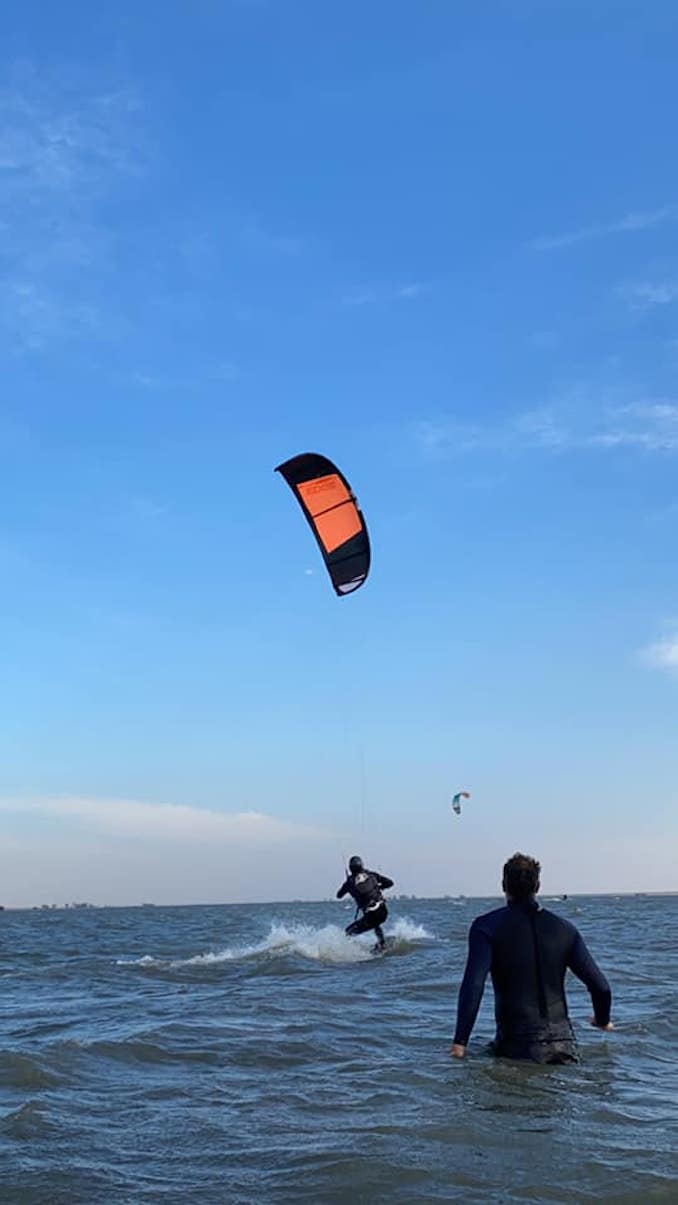
Calgary Guardian: “How did Kite Alberta come to be?”
Ryan Ehman: “Kite Alberta is a new company I started in the fall of last year. I was an international instructor prior to this and COVID brought me home. Instructing in other countries isn’t an option anymore so Kite Alberta was born.”
CG: “What made you want to be a kiting instructor?”
RE: “When I first started I took a single lesson in Thailand and came back to Canada and struggled with kiteboarding for a few years. There weren’t any instructors or kite shops so I was forced to self learn and progress in the sport. Back then the equipment was sketchy and not nearly as user friendly.”
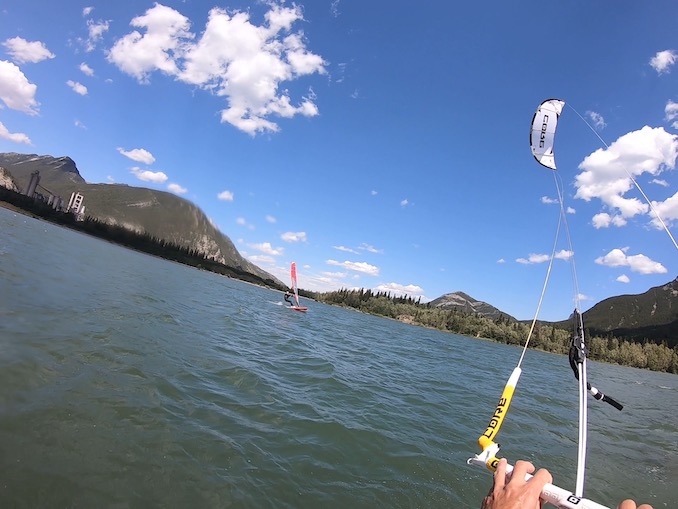
CG: “What’s the best part of your job?”
RE: “When a student gets up and going for the first time. They get plaining on top of the water for their first 30m. When they stop they are always filled with excitement. I find that excitement contagious and feed off that great energy.”
CG: “What’s one of the most challenging aspects of your job?”
RE: “Matching wind conditions with kiteboarding gear and locations. Trying to find a smooth wind is the biggest challenge. We don’t get consistent ocean breezes in Alberta. We’re forced to struggle a little more with variable wind. However, we’re blessed with calmer waters to compensate the variable wind conditions. Learning in ocean waves can be very challenging.”
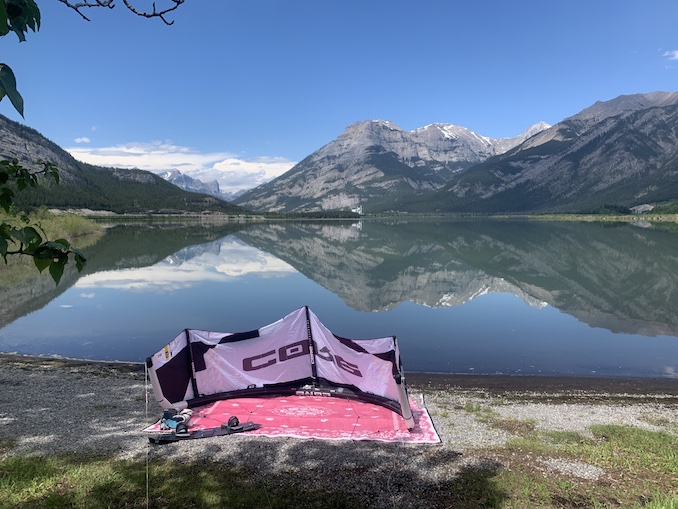
CG: “Let’s take a virtual look at your gear. What essentials do you have with you when you’re kiteboarding?”
RE: “The essential parts include the harness, bar, lines, kite, board, leash, and pump.”
CG: “Kiteboarding is an inherently dangerous activity. How do you mitigate risks for the people you’re teaching?”
RE: “Matching rider weight to kite in the various wind conditions is the most important aspect to the job. If you put a new rider on too big of a kite they can hurt themselves. You want a rider to be comfortable with the power level of the kite. When they make a mistake they shouldn’t go flying through the air. We have to carry multiple kites to match riders with the conditions. These kites range in size from 1.5m up to 18m. The second most important piece of advice for new riders is making sure your safety releases are modern. I’ve seen loads of old gear being circulated through Alberta with outdated safety equipment. If you cannot properly ‘flag out’ your kite when conditions become dangerous you can get very hurt. Some of the older gear doesn’t have any flag out options. This means if the wind picks up you’re strapped to your kite. The experience is extremely dangerous if you’re riding the wrong gear.”
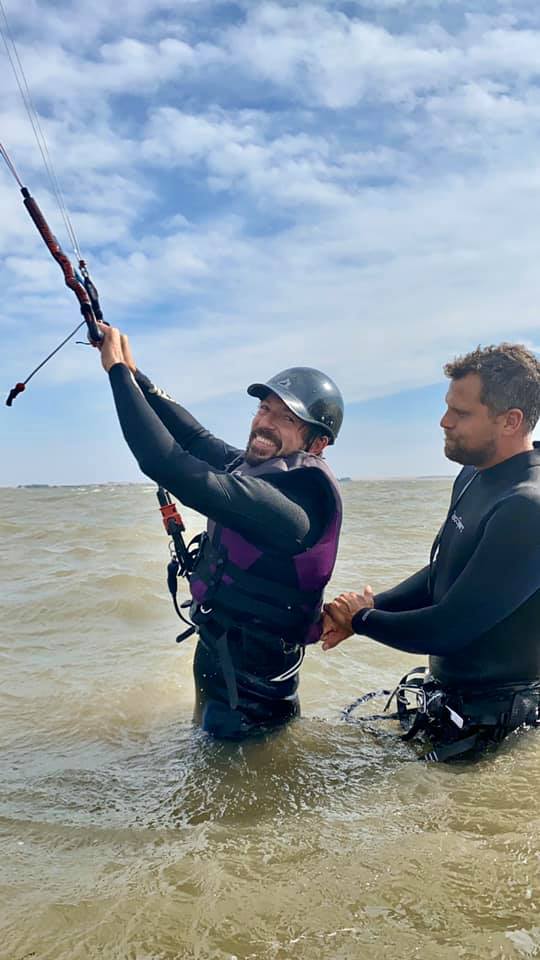
CG: “What type of weather conditions are best for kiteboarding?”
RE: “Consistent wind is the key. If it’s high wind (40km/hr) you can ride a small kite (4-8m) if its low wind (10km/hr) you can ride a big kite (12-18m) and have the same amount of power in both scenarios. What becomes dangerous is variable wind conditions. If the wind is 30km/hr and gusting up to 70km/hr you should not be kiting.”
CG: “What can folks hope to learn after taking a lesson with you?”
RE: “We teach all the basics about safety equipment, safety releases, kite control, and get the students riding on appropriate gear. The best part about taking lessons and purchasing equipment with us is that you get invited to join all our sessions. It’s important to keep coming out and riding in the same area as us. You’ll have professional eyes on you to help in case of emergency situations and get key advice on conditions that make your riding safe and fun.”
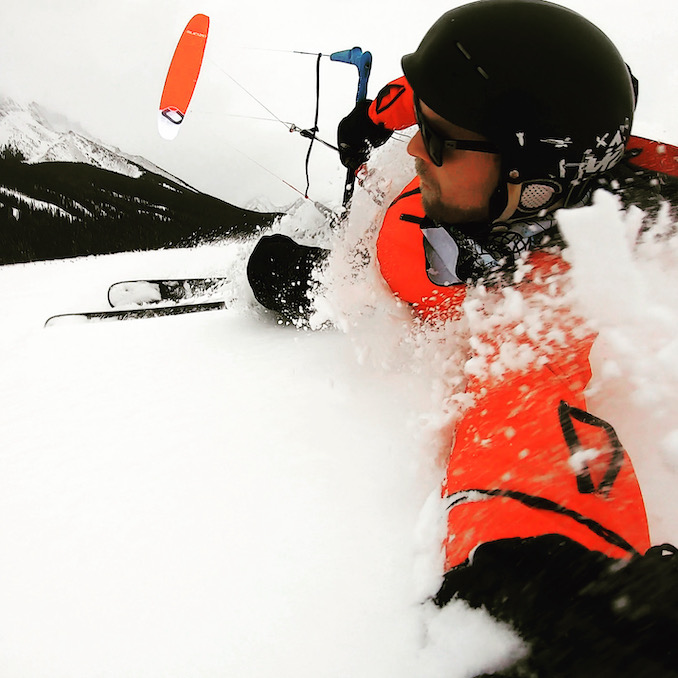
CG: “I’m not asking you to give away any of your secret spots, but where are some of the best locations to kiteboard in southern Alberta?”
RE: “Alberta has some of the coolest terrain to ride in the world. During the winter you can take your kites through the mountains and ride up and down on skis or a snowboard. In the summer we have hundreds of ridable lakes throughout the province. The key conditions you need to ride on a lake are open beaches to setup, launch, and land kites, consistent wind, and calm waters. If you can find a combination of those three factors you’ll have the best time. If you’re new to kiteboarding its also great to find a spot that’s shallow. When you make an error it’s great to be able to stand up, regroup, and reset. It is much harder learning in deep water and big waves. There’s often one too many variables for new kiters.”
CG: “What sets Kite Alberta apart from your competitors? Why should people choose you to learn/get better at kiteboarding?”
RE: “We recognize everyone’s differences when it comes to kiteboarding. Some riders are comfortable riding solo after their first lesson. Some riders need weeks of lessons to get to a level where they’re comfortable riding solo. We recognize your skill level and won’t hold you back. Our lessons start with the basics and if you can demonstrate how the safety release systems work, kite control, and upwind body dragging we’ll let you get riding on your first day.”
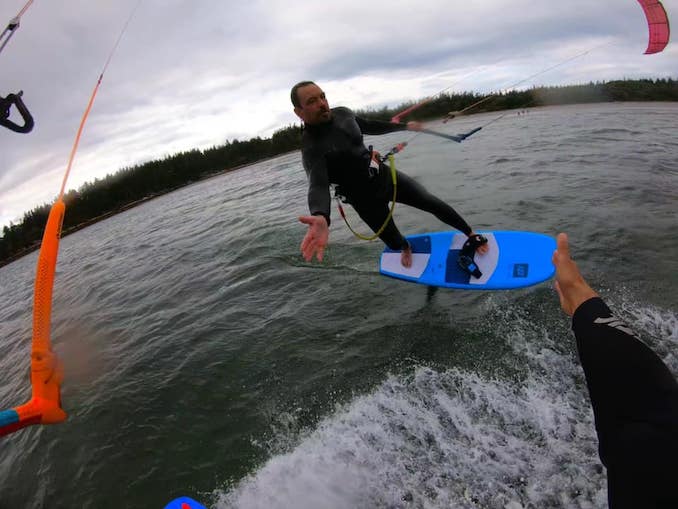
I approached Ryan about this story at the start of spring. His winter season was winding down and the summer season was about to get started. It was a busy time for him and Kite Alberta so I was really appreciative of his time and willingness to be part of this process. I would like to thank Ryan for providing an inside look at the world of kiteboarding here in Alberta and what to expect if you decide to take a lesson. Why not experience something new this summer and give kiteboarding a try!
To learn even more about Kite Alberta or to book a lesson, please visit their webpage. You can also stay connected on YouTube, Facebook, and Instagram.
***
About this column:
Wild Jobs is a running series that focuses on people in outdoor-related professions. It provides a brief snapshot of their career and the duties that it entails. Please see my previous post, Wild Jobs: Hot Air Balloon Pilot to learn more.


